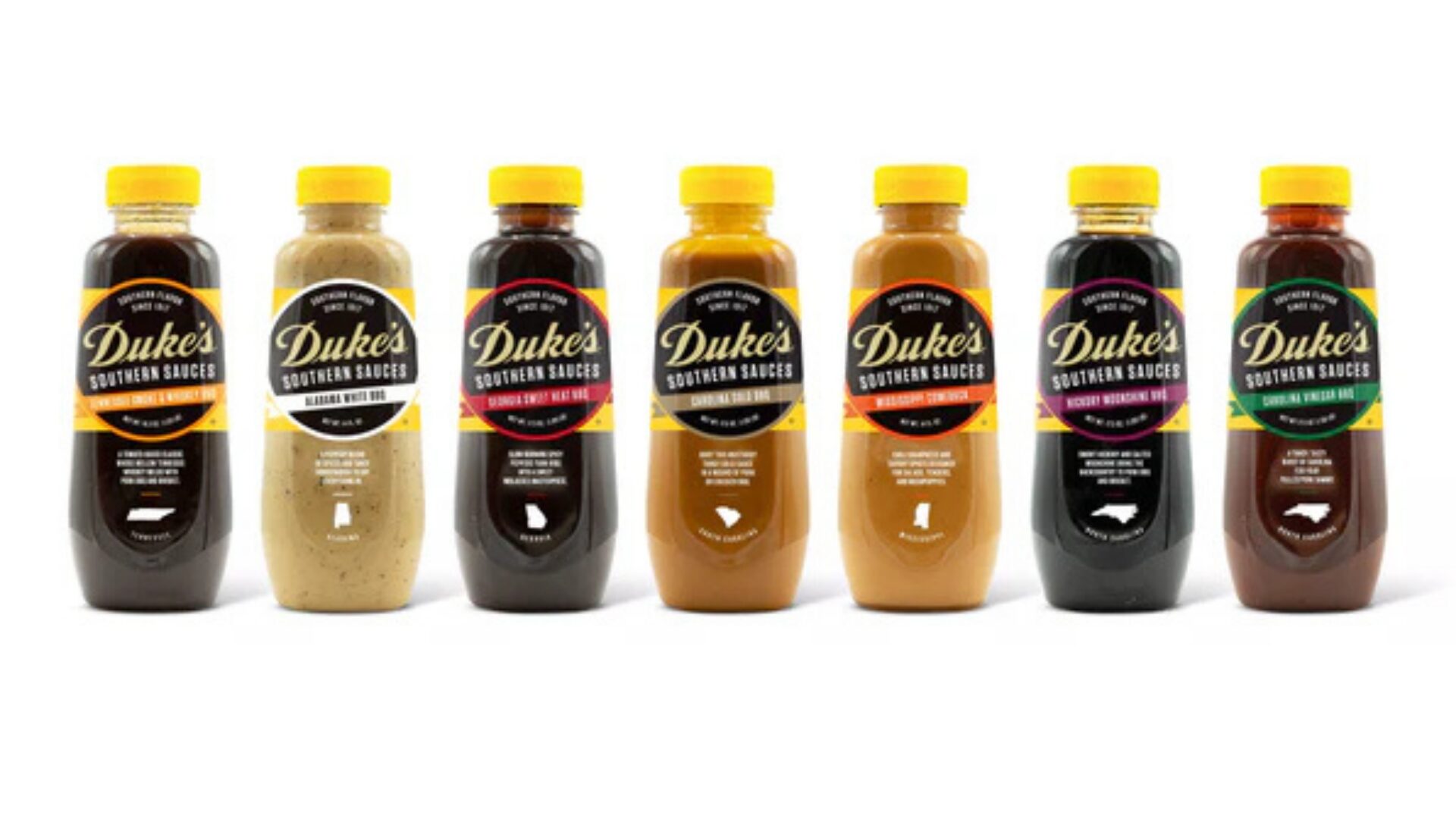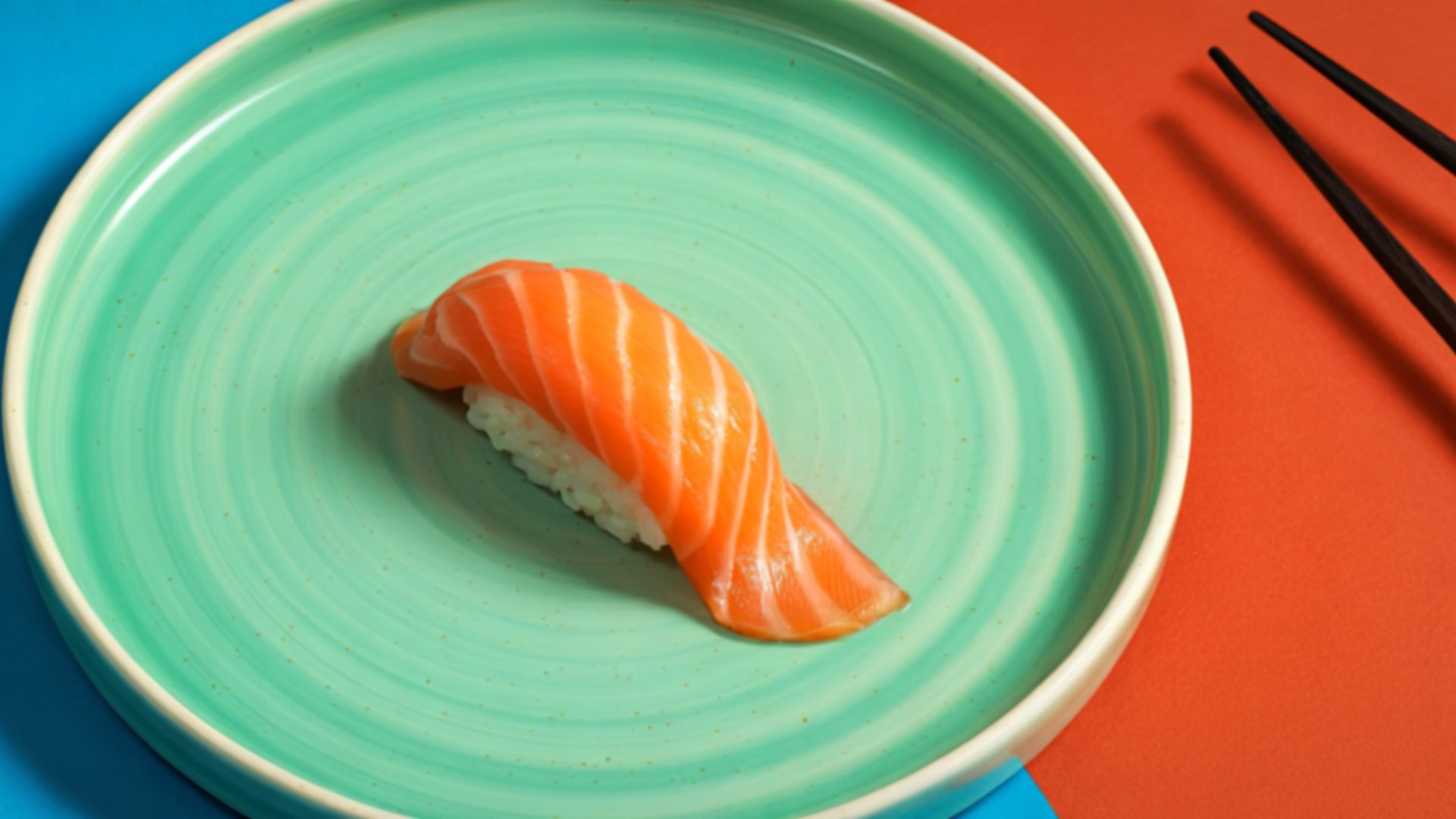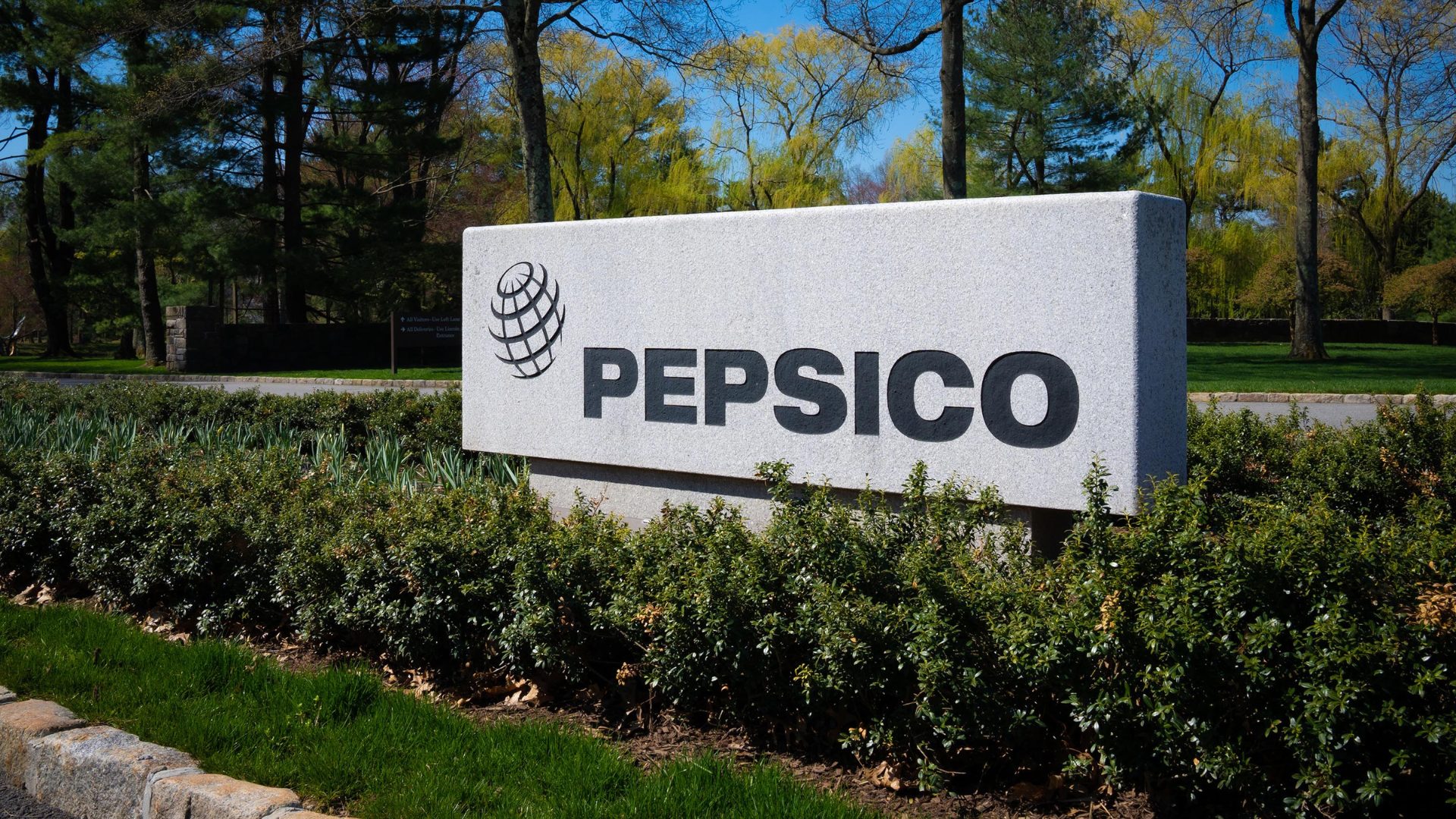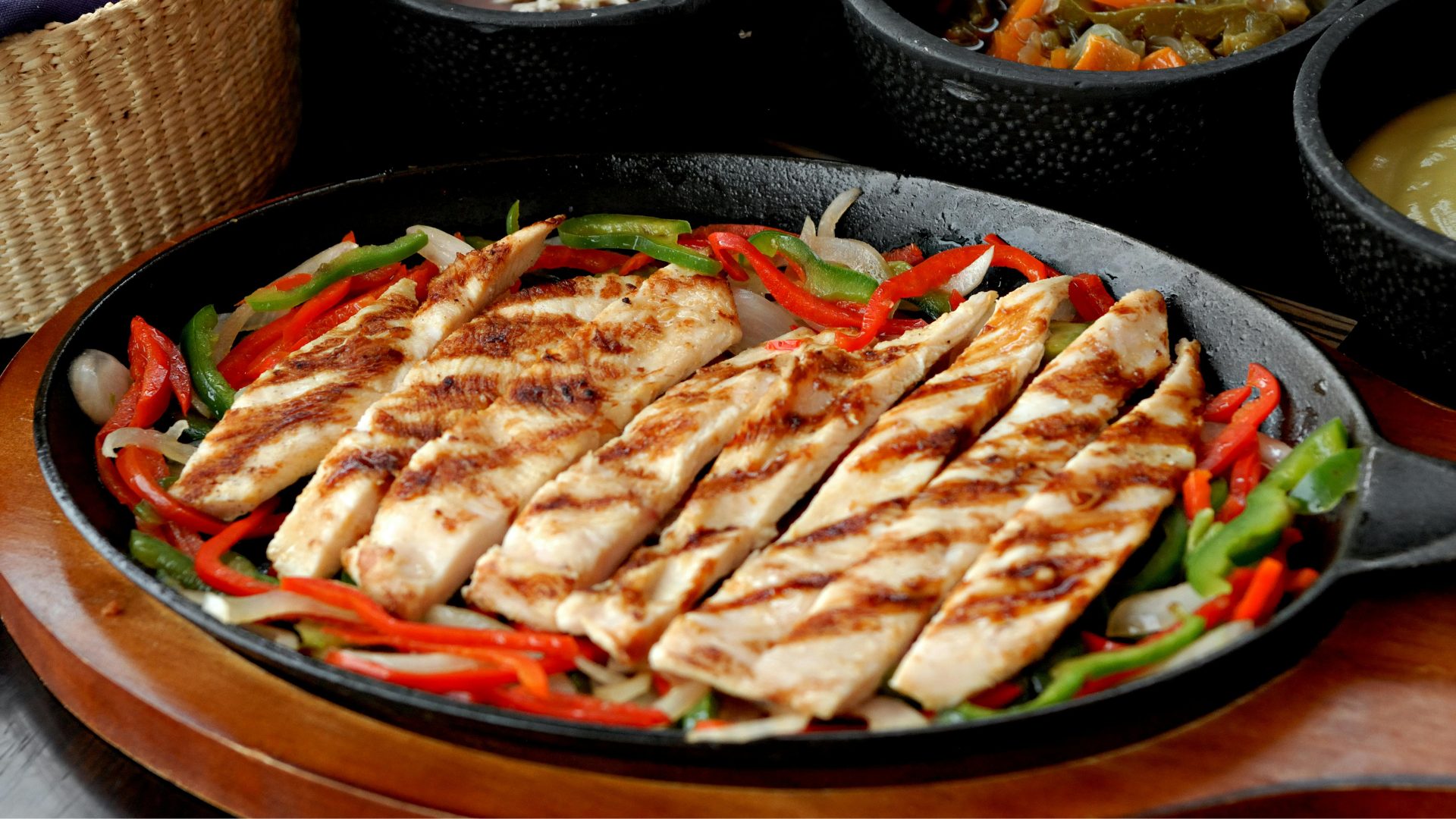Consumers, battered by inflation and resulting higher prices at the grocery store, are fighting back, ditching time-honored brands from major food companies for lesser-known, less expensive, sometimes regional brands, Reuters reported.
But experts told The Food Institute other factors are at play. Consumers, especially younger consumers, are looking for brands with a compelling story, lured by a grassroots buzz only social media can achieve.
“This isn’t a fleeting trend: It’s a structural shift in the way people find and connect with food brands,” said Nick Drewe, CEO of Wethrift.
“The question for the established players is how to continue to enjoy scale benefits while re-winning the authenticity and emotional connection that smaller brands naturally enjoy,” added Drewe, whose company helps shoppers find discounts for online stores.
Reuters took Hellmann’s mayonnaise, a brand under the Unilever umbrella, as an example. The brand is getting buffeted in the South and Northeast by Duke’s Mayo and Mike’s Amazing mayo, respectively.
“These legacy brands don’t think they need to advertise. They measure success on shelf space and distribution. That’s an old way of looking at things. A better way is ‘mental availability,’” Ellis Verdi, president and founder of the New York ad agency DeVito/Verdi.
“Products need physical availability, of course, but mental availability is where you’re thinking of products beyond the old legacy brands. Mayonnaise is not just Hellmann’s anymore.
“Younger consumers are looking to find ‘their’ brand, not what their mother bought in the supermarket. Should legacy brands worry? Yes. A single, small competitor won’t take all the share. But when five or six of them start eating into share, the challenge can be dramatic.”
Duke’s market share rose 3 percentage points in the last three years to 9%, Joe Tuza, chief growth officer at parent company Sauer Brands, told Reuters. The sugar-free condiment is the fifth most popular nationally while Hellmann’s market share has fallen from 50.6% in 2022 to 46.7% last year.
“These smaller brands build strong connections with consumers through story-driven marketing, engaging niche audiences, and fostering a cult-like following — often amplified through social media,” Sarah Jankowski, director of user growth and integrated marketing at Shopkick, told FI.
“Their ability to create a sense of community and brand personality makes them more than just an alternative. They become a preferred choice. Smaller brands have also started leveraging niche audiences through unique partnerships, like Duke’s collection with Girl Tribe Co., further strengthening their brand identity and reach.”
And if manufacturers think loyalty programs are going to save them, think again: A survey conducted by Snipp, a marketing solutions firm for CPG companies, revealed only 20% of respondents found them influential.
“Brand disloyalty is the new loyalty,” said Dave Peacock, CEO at Advantage Solutions. A research report, produced by Daymon, which powers private brand development for Advantage Solutions, found 87% of shoppers are turning to private brands during a typical grocery trip.
The latest EY Future Consumer Index found 66% of consumers find private label brands just as good as their big-name rivals and 38% of those surveyed said they have no intention of going back.
“This trend is not exclusive to mid- to lower-income bands,” said Malin Andree, global retail industry leader at EY. Andree said high-income consumers also are dabbling in private labels for everything from fresh food to cosmetics.
The Food Institute Podcast
How does one ride the skate ramp in CPG? Dr. James Richardson, author of Ramping Your Brand and owner of Premium Growth Solutions, shares some of the pitfalls many early-stage CPG brands make, and highlights some of the pathways to success.












